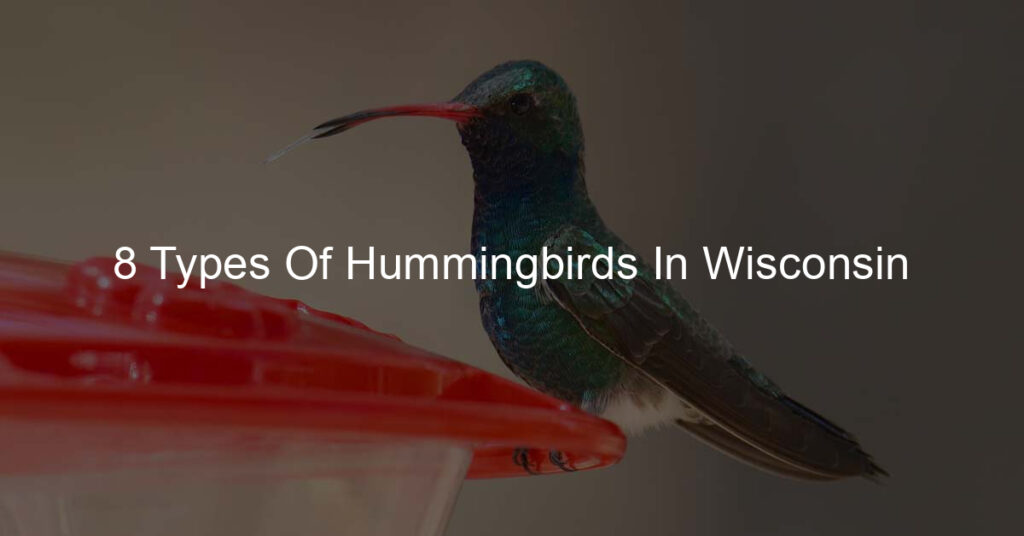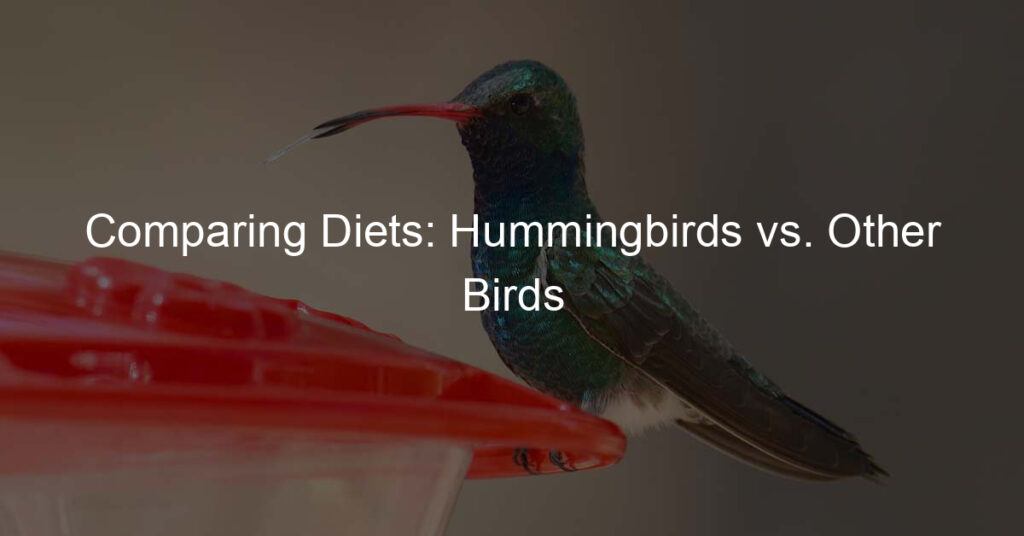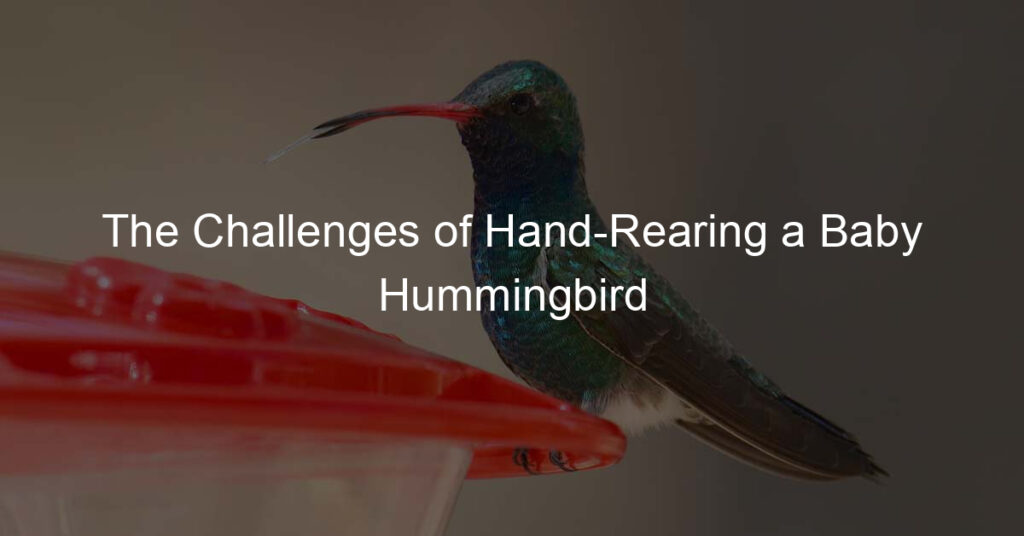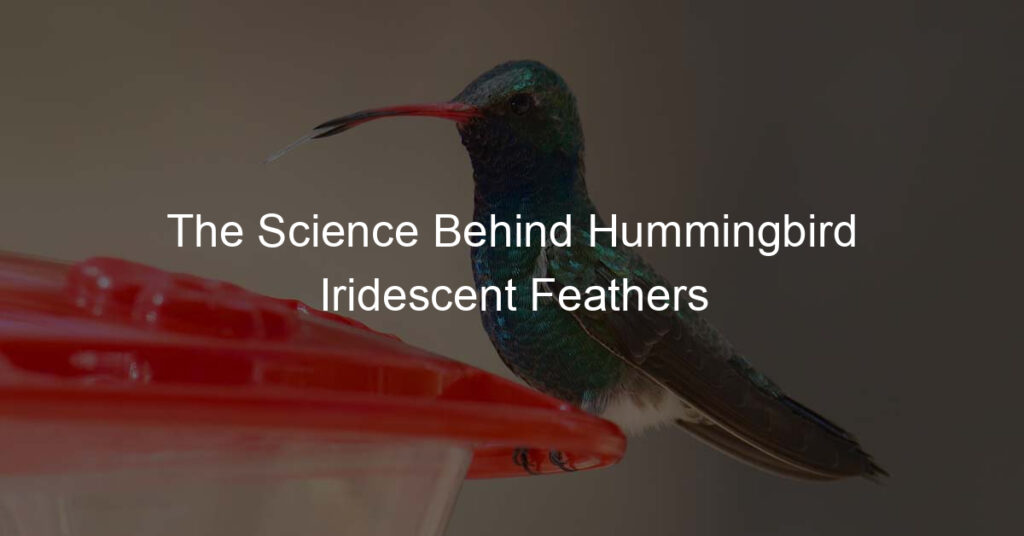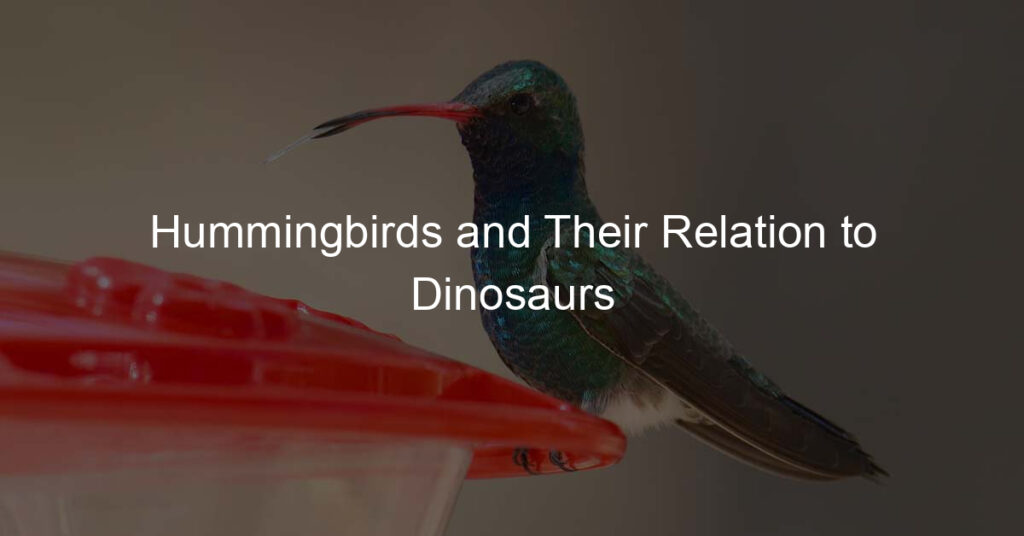Introduction to Hummingbirds in Wisconsin
Hummingbirds, with their vibrant colors and rapid wing beats, are a fascinating sight to behold. In Wisconsin, these tiny birds have a significant role in the ecosystem. This article will provide an overview of hummingbirds and explain their importance in our environment.
Overview of Hummingbirds
Hummingbirds are small birds known for their rapid wing flapping and ability to hover in mid-air. They are the smallest birds in the world, with most species measuring between 7.5 and 13 cm. Hummingbirds are named for the humming sound created by their beating wings, which flap at high frequencies audible to humans. They are also known for their bright iridescent colors and long, slender beaks. Hummingbirds are native to the Americas and are particularly diverse in tropical rainforests. However, some species, like the Ruby-throated Hummingbird, can be found in Wisconsin.
Importance of Hummingbirds in the Ecosystem
Hummingbirds play a crucial role in the ecosystem. They are pollinators, transferring pollen from one flower to another as they feed on nectar. This helps plants to reproduce and grow, which in turn provides food and habitat for other wildlife. In Wisconsin, hummingbirds help to pollinate a variety of native plants, contributing to the state’s biodiversity. Moreover, they are a source of enjoyment for birdwatchers and nature enthusiasts, adding beauty and interest to our environment. For more information on the ecological role of hummingbirds, visit this Wikipedia page.
Types of Hummingbirds in Wisconsin

Ruby-Throated Hummingbird
The Ruby-Throated Hummingbird is one of the most common hummingbirds in Wisconsin. It’s a beautiful bird that adds a splash of color to the state’s wildlife.
Identification:
The Ruby-Throated Hummingbird is a small bird with a length of 7-9 cm. It’s named for its distinctive red throat, which is more prominent in males. The rest of its body is a shiny green on the top and a dull white on the bottom. Learn more about the Ruby-Throated Hummingbird on Wikipedia.
Habitat:
This hummingbird prefers deciduous and pine forests, as well as gardens and orchards. It’s often seen in areas with abundant flowers, as it feeds on nectar. During migration, it can be found in almost any habitat.
Diet:
The Ruby-Throated Hummingbird’s diet mainly consists of nectar from flowers. It also eats insects and spiders for protein, especially during the breeding season. It’s known to feed on up to 1,000 flowers a day!
Black-Chinned Hummingbird
The Black-Chinned Hummingbird is a fascinating species that can be found in Wisconsin. This bird is unique in many ways, and it’s always a delight to spot one in the wild. Let’s learn more about its identification, habitat, and diet.
Identification
The Black-Chinned Hummingbird is a small bird, measuring about 3.5 inches in length. The males are known for their black chin and lower throat, which can shine purple in the right light. The rest of their body is predominantly green and white. Females, on the other hand, lack the black chin and have a more muted color palette of green and gray. Learn more about Black-Chinned Hummingbird Identification.
Habitat
These hummingbirds are quite adaptable and can be found in a variety of habitats. They prefer semi-arid areas and can often be found in canyons, valleys, and along streams. In Wisconsin, they are most commonly seen in the southern and western parts of the state. They are migratory birds, so they are typically present in Wisconsin from late spring to early fall.
Diet
The diet of the Black-Chinned Hummingbird consists primarily of nectar from a variety of flowering plants. They are also known to eat insects and spiders, providing them with necessary protein. In Wisconsin, they are particularly fond of the nectar from red and orange tubular flowers.
Observing the Black-Chinned Hummingbird in its natural habitat is a truly special experience. Their unique features, adaptability, and diet make them an important part of Wisconsin’s rich wildlife.
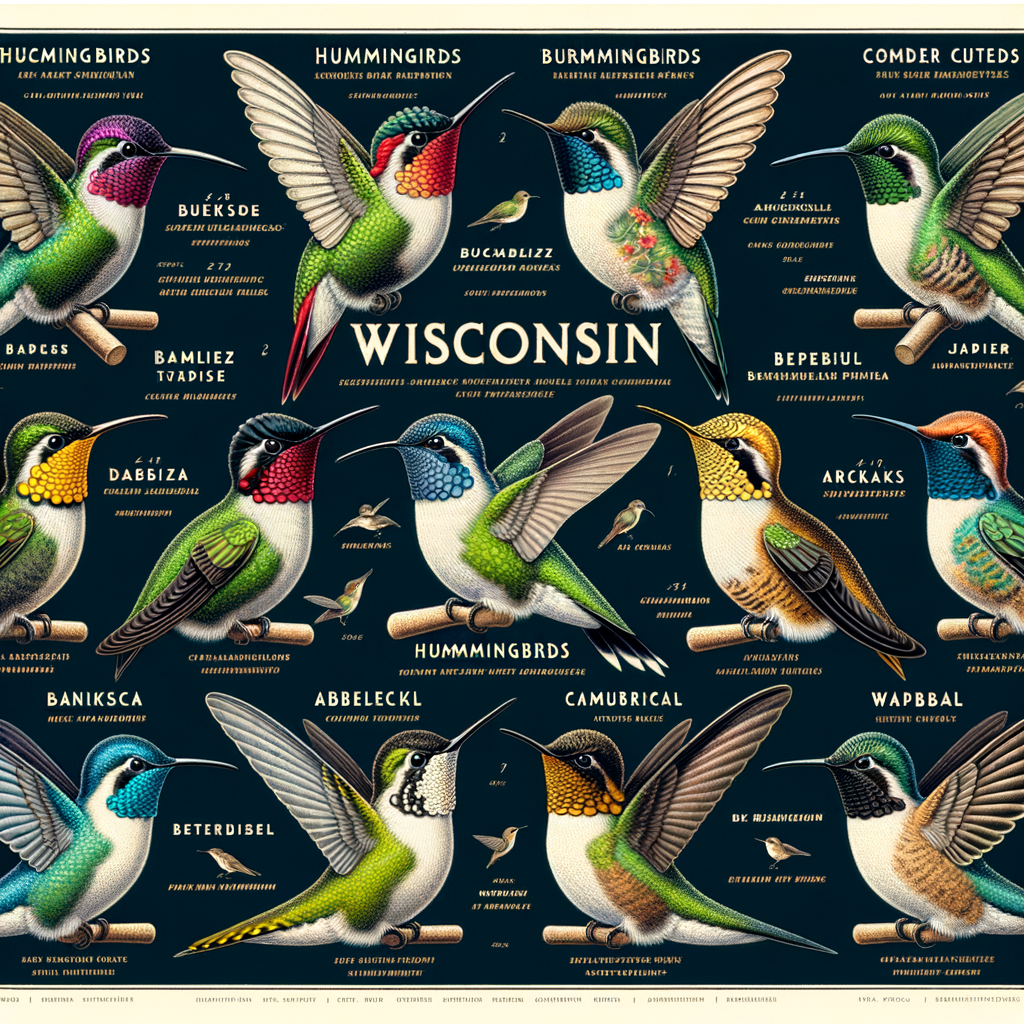
Anna’s Hummingbird
Anna’s Hummingbird is a unique and beautiful bird species that can be found in Wisconsin. Let’s delve deeper into its identification, habitat, and diet.
Identification
Anna’s Hummingbird is known for its vibrant colors and medium size. The males are easily identifiable by their iridescent crimson-red crowns and throats, which contrast beautifully with their dark, glossy green backs and flanks. The females, on the other hand, are grayish below with green backs, and may have a spot of red on their throats. These birds typically measure 3.9 to 4.3 inches in length and weigh around 0.1 to 0.2 ounces. Learn more about Anna’s Hummingbird identification here.
Habitat
Anna’s Hummingbirds are adaptable and can be found in a variety of habitats. They are commonly seen in open-wooded or shrubby areas and mountain meadows. These birds have also adapted to human habitats and can be found in suburban areas, parks, and gardens where flowers are abundant. They are known to nest in trees or shrubs, often at low heights.
Diet
Anna’s Hummingbirds feed mainly on nectar from flowers using their long, extendable tongue. They also eat insects and spiders, especially during the breeding season. In fact, up to 33% of an Anna’s Hummingbird’s diet can consist of small insects and spiders. They are also known to feed on tree sap. Learn more about Anna’s Hummingbird diet here.
Observing Anna’s Hummingbirds in their natural habitat can be a thrilling experience for birdwatchers. Their vibrant colors, swift movements, and unique feeding habits make them a fascinating species to study.
Hummingbird Habitats in Wisconsin
Hummingbirds are fascinating creatures with their ability to hover in mid-air and their vibrant colors. In Wisconsin, these tiny birds have adapted to various environments. Let’s explore the common habitats where you can find hummingbirds in Wisconsin.
Urban Areas
Despite being a bustling place, urban areas in Wisconsin are surprisingly a favorite spot for hummingbirds. These birds are attracted to gardens and parks within the city that are rich in nectar-producing flowers. They are also drawn to bird feeders filled with sugar water. So, if you live in an urban area and want to attract hummingbirds, consider planting flowers like petunias, begonias, and fuchsias in your garden or hanging a bird feeder on your balcony. Hummingbirds are known to remember every flower and feeder they’ve been to, and they return to them year after year.
Forests
Forests, particularly those with a mix of deciduous and coniferous trees, are another common habitat for hummingbirds in Wisconsin. These birds nest in the dense foliage, using the cover of leaves and branches to protect their eggs and young from predators. They feed on the nectar of forest flowers and also eat insects and spiders they find in the trees. Forests near rivers or lakes are especially attractive to hummingbirds as they provide a reliable source of food and water.
Grasslands
Grasslands may not seem like an ideal place for hummingbirds, but these birds are adaptable and can thrive in such environments. In Wisconsin’s grasslands, hummingbirds feed on a variety of insects and the nectar of grassland flowers. They often build their nests in shrubs or low trees near the edge of grasslands, providing them with a safe place to raise their young. The open nature of grasslands also makes it easier for birdwatchers to spot these beautiful creatures.
Whether you’re in the heart of the city, wandering through a forest, or exploring the grasslands, keep an eye out for the flash of color and the distinctive hum that signal the presence of a hummingbird. These birds are a delightful part of Wisconsin’s wildlife, and seeing them in their natural habitats is a truly special experience.
Birdwatching in Wisconsin
Wisconsin is a paradise for birdwatchers, especially those who have a special interest in hummingbirds. This state is home to a variety of hummingbird species, each with its unique characteristics and habitats. But when is the best time to spot these fascinating creatures? Let’s find out.
Best Time to Spot Hummingbirds
Hummingbirds are migratory birds, meaning they change their location with the seasons. In Wisconsin, the best times to spot hummingbirds are during the spring, summer, and fall. Each season offers a unique birdwatching experience.
Spring: As the weather warms up, hummingbirds start to return to Wisconsin from their winter homes. This is an exciting time for birdwatchers as the birds are active and visible, busy building nests and feeding on nectar from newly bloomed flowers.
Summer: This is the peak season for hummingbirds. They are most active during this time, feeding and preparing for their long migration journey. You can spot a variety of species during this time, making it ideal for those who want to observe different types of hummingbirds.
Fall: As the temperatures start to drop, hummingbirds prepare for their migration back to warmer climates. This is another excellent time to spot these birds as they are often seen in large numbers, fueling up for their long journey ahead.
Remember, the exact timing can vary each year depending on weather conditions. So, keep an eye on local birdwatching forums and resources for the most accurate information.
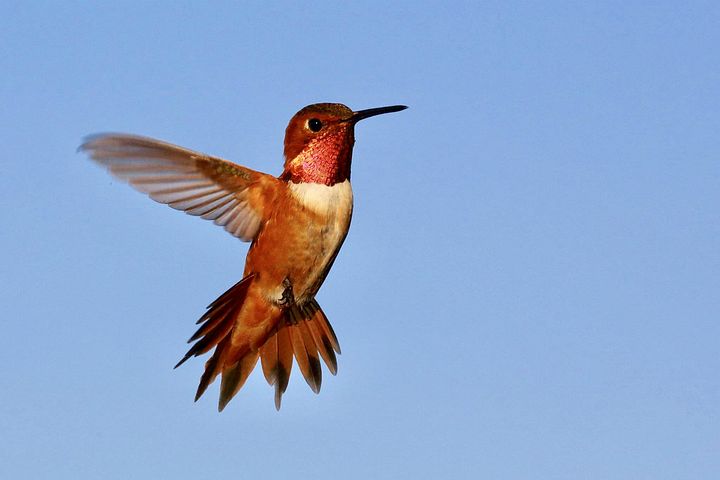
Best Locations for Birdwatching
Wisconsin is a paradise for birdwatchers, especially those who have a keen interest in hummingbirds. There are several spots in the state that are perfect for birdwatching. Here are the top three locations that you must visit if you are an avid birdwatcher:
1. Horicon Marsh
Located in southeastern Wisconsin, Horicon Marsh is the largest freshwater cattail marsh in the United States. It is a haven for more than 300 species of birds, including hummingbirds. The marsh offers a serene environment where you can watch these tiny birds in their natural habitat.
2. Crex Meadows
Another fantastic location for birdwatching in Wisconsin is Crex Meadows. This wildlife area is home to over 270 species of birds. The vast open spaces and wetlands make it an ideal spot for observing hummingbirds and other bird species.
3. Devil’s Lake State Park
Devil’s Lake State Park is not just known for its stunning natural beauty, but also for its rich birdlife. The park’s diverse habitats attract a wide variety of birds, making it a favorite spot for birdwatchers. You can spot hummingbirds here during the spring and summer months.
Remember, patience is key when it comes to birdwatching. So, grab your binoculars, head to these locations, and enjoy the beauty of Wisconsin’s hummingbirds.
Native Hummingbirds of Wisconsin
Wisconsin is home to a variety of hummingbirds. These tiny, fast-flying creatures are a delight to observe and are known for their vibrant colors and incredible agility. Let’s take a closer look at the native hummingbirds of Wisconsin.
Ruby-Throated Hummingbird
The Ruby-Throated Hummingbird is the most common hummingbird species in Wisconsin. It is named for the male’s bright red throat, which stands out against its green and white body. These birds are known for their impressive migration, traveling up to 500 miles non-stop over the Gulf of Mexico each spring and fall. Learn more about the Ruby-Throated Hummingbird.
Black-Chinned Hummingbird
While less common, the Black-Chinned Hummingbird can also be found in Wisconsin. As the name suggests, males of this species have a black chin, which can show a band of purple in the right light. These birds are smaller than the Ruby-Throated Hummingbird and prefer dry, open habitats. Discover more about the Black-Chinned Hummingbird.
Anna’s Hummingbird
Anna’s Hummingbird is a rare visitor to Wisconsin. These birds are usually found on the West Coast, but some have been spotted in Wisconsin. The males are known for their bright pinkish-red head and throat, which can sparkle in the sun. Find out more about Anna’s Hummingbird.
These are just a few of the hummingbird species that can be found in Wisconsin. Each one has unique characteristics and behaviors that make them fascinating to watch. So next time you’re out in nature, keep an eye out for these beautiful birds!
Wisconsin Wildlife: Beyond Hummingbirds
While hummingbirds are a beautiful part of Wisconsin’s wildlife, the state is also home to a diverse array of other bird species, mammals, and reptiles. Let’s explore some of these fascinating creatures.
-
Other Bird Species
Wisconsin is a birdwatcher’s paradise, hosting over 400 species of birds. Besides hummingbirds, you might spot the majestic bald eagle, the vibrant red cardinal, or the elusive snowy owl. Each bird species contributes to the rich tapestry of Wisconsin’s wildlife.
-
Mammals
Wisconsin’s forests, prairies, and wetlands are home to a wide variety of mammals. From the white-tailed deer, the state’s official wildlife animal, to the playful river otter, and the industrious beaver, these creatures play vital roles in the state’s ecosystem.
Common Mammals in Wisconsin Typical Habitat White-tailed Deer Forests and meadows River Otter Rivers and wetlands Beaver Rivers and wetlands -
Reptiles
Reptiles may not be as visible as birds or mammals, but they are an essential part of Wisconsin’s wildlife. The state is home to several species of turtles, snakes, and lizards. One of the most notable is the Blanding’s turtle, recognized by its bright yellow throat and distinctive domed shell.
From the skies to the ground, and in every lake and river, Wisconsin’s wildlife is diverse and vibrant. Whether you’re a birdwatcher, a hiker, or just someone who appreciates nature, there’s always something new to discover in the Wisconsin wilderness.
Hummingbird Species Guide: Identification Tips
Identifying different species of hummingbirds can be a fascinating and rewarding experience. It requires keen observation and understanding of three key aspects: color patterns, size and shape, and behavior. Let’s delve into each of these aspects to help you identify hummingbirds with ease.
Color Patterns
Hummingbirds are known for their vibrant and diverse color patterns. These patterns are unique to each species and can be a reliable way to identify them. For instance, the Ruby-throated Hummingbird, a common species in Wisconsin, has a bright red throat and green back. On the other hand, the Rufous Hummingbird, another species found in Wisconsin, is characterized by its reddish-brown color. Observing these color patterns can help you distinguish between different species.
Size and Shape
Size and shape are other important factors to consider when identifying hummingbirds. Different species of hummingbirds vary in size, ranging from the tiny 2.75-inch Calliope Hummingbird to the larger 5-inch Magnificent Hummingbird. The shape of the bird, especially the beak and tail, can also provide clues to its species. For example, the Ruby-throated Hummingbird has a straight, slender beak, while the Rufous Hummingbird has a slightly curved beak.
Behavior
Observing a hummingbird’s behavior can also provide valuable insights into its species. Some hummingbirds, like the Ruby-throated, are solitary and territorial, often chasing away other birds from their feeding areas. Others, like the Rufous, are known for their long migratory journeys. Noting these behaviors can help you identify the species you’re observing.
Identifying hummingbirds can be a fun and educational activity. By paying attention to color patterns, size and shape, and behavior, you can learn to recognize different species and deepen your appreciation for these remarkable creatures.
Conclusion: The Beauty of Wisconsin’s Hummingbirds
As we reach the end of our journey through the world of Wisconsin’s hummingbirds, it’s clear that these tiny creatures hold a big place in our hearts and our ecosystem. Their vibrant colors, rapid wing movements, and unique feeding habits make them a delight to observe, but they also play a crucial role in pollination and insect control. Let’s take a moment to recap the species we’ve discussed and reflect on the importance of their conservation.
Recap of the Species
Throughout this article, we’ve explored the various species of hummingbirds that call Wisconsin home. From the Ruby-throated Hummingbird, the most common species in the area, to the rarer visitors like the Rufous Hummingbird, each species brings its own unique charm and beauty. We’ve also delved into their fascinating behaviors, diets, and habitats, providing a comprehensive guide for birdwatchers and nature enthusiasts alike. For more detailed information, you can refer to the Hummingbird Species Guide on Wikipedia.
Importance of Conservation
Hummingbirds, like all wildlife, face threats from habitat loss, climate change, and human activity. Their survival is vital not only for the balance of our ecosystem but also for the aesthetic and educational value they provide. Conservation efforts, such as preserving natural habitats, reducing pesticide use, and promoting public awareness, are crucial to ensure these beautiful creatures continue to thrive. Remember, every small action counts. By creating hummingbird-friendly gardens, participating in citizen science projects, or simply spreading the word about their importance, we can all contribute to the preservation of Wisconsin’s hummingbirds.
In conclusion, the hummingbirds of Wisconsin are more than just beautiful creatures; they are an integral part of our environment. As we continue to learn about and appreciate these fascinating birds, let’s also remember our responsibility to protect them. After all, a world with hummingbirds is indeed a more beautiful world.

